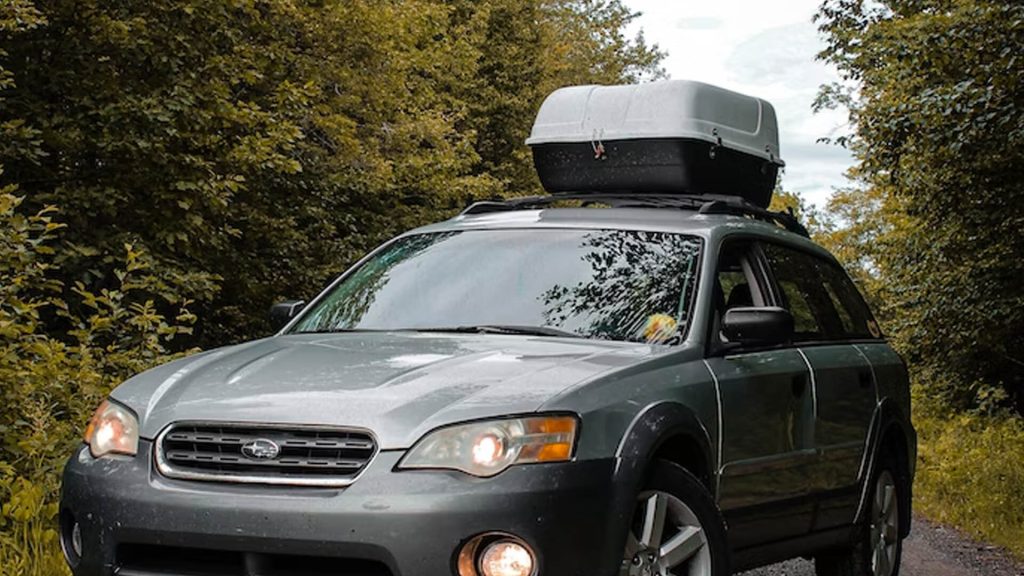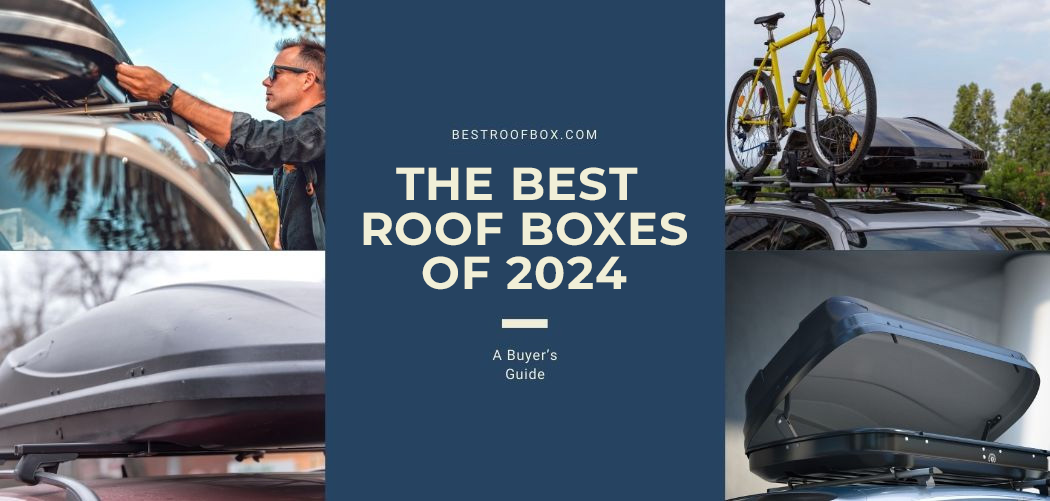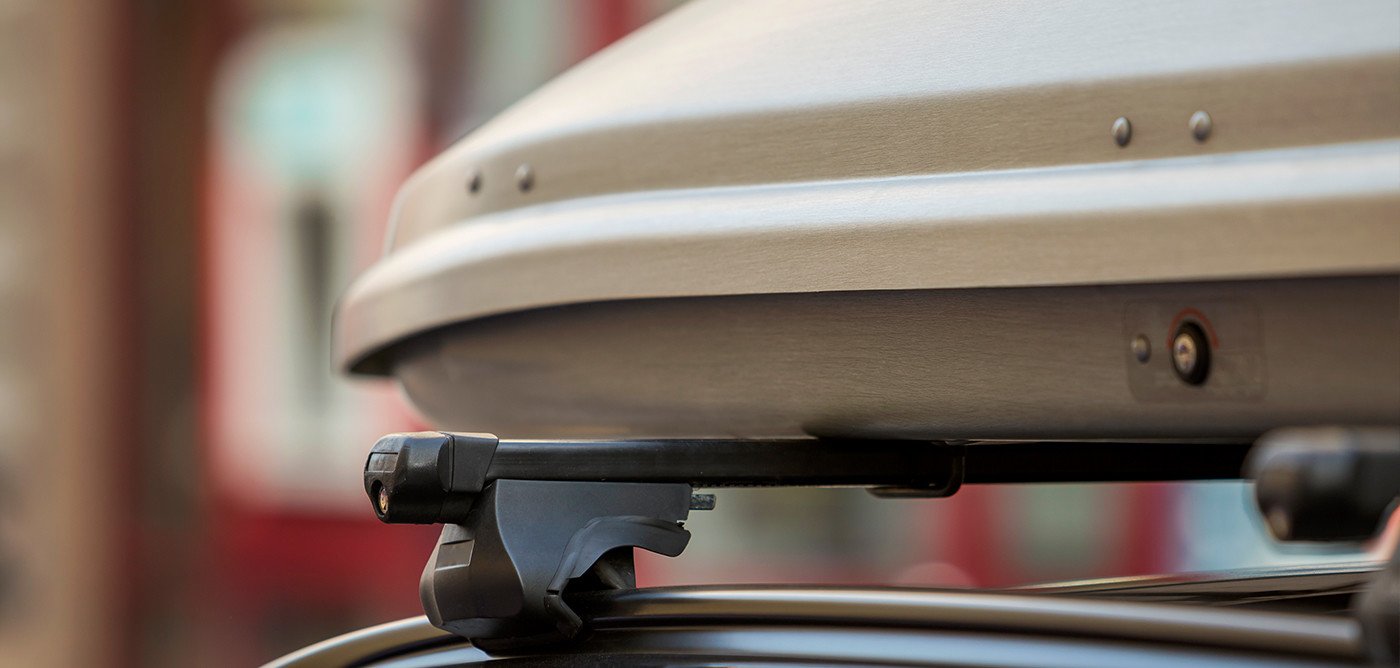Maintaining the appearance and functionality of your roof box is essential for ensuring its longevity and keeping your belongings protected during transport. One important aspect of this maintenance is regular roof box cleaning. Roof boxes are exposed to various elements such as dirt, grime, and other environmental factors, which can lead to both cosmetic and functional issues if not addressed. With some DIY roof box cleaning tips and the right cleaning products, you can keep your roof box in great shape and make it last for years to come.
When it comes to cleaning your roof box, choosing the appropriate cleaning agent is crucial. Pick a soap or detergent that won’t harm the material of your roof cargo box, as some cleaning products may cause damage. Additionally, using a microfiber towel is recommended to wipe off dirt without leaving scratches or streaks on the surface. Make sure you have a source of water to rinse the cargo box post-cleaning, removing any residue from the cleaning agent.
After you’ve gathered the necessary tools and materials, follow a step-by-step process for the best results. Gently scrub the surface of the roof box with the cleaning agent and microfiber towel, then rinse it thoroughly with water. Wipe the roof box until it is dry to avoid water spots and discoloration. By following these simple cleaning steps, you’ll keep your roof box looking and performing its best.

Table of Contents
The Importance of Roof Box Cleaning
Preserving Aesthetics and Functionality
Maintaining Longevity and Safety
Protecting Against Harmful Elements
Preparation for Cleaning
Gathering Proper Equipment and Supplies
- A bucket
- Water
- Soap or a suitable cleaning agent
- A garden hose
- A microfiber towel or lint-free cloth
- Gloves for safety
- Protective gear like goggles or a mask if necessary
Selecting a Suitable Cleaning Agent
Choose a roof box cleaning product that is specifically designed for roof boxes or similar surfaces. Avoid using harsh chemicals or abrasive cleaners, as these can damage the roof box’s material. Soap and water are typically the safest option – just make sure the soap is mild and non-abrasive. In some cases, you may need a dedicated roof cleaner to tackle stubborn stains, algae, or mildew. Read the instructions on the cleaning agent’s label to ensure proper use, and always test a small inconspicuous area on your roof box before applying the product to the entire surface.
Setting up a Safe and Convenient Cleaning Space
Safety should be your top priority when cleaning your roof box. Make sure you have a stable, flat surface to work on, and keep your cleaning area free of clutter or obstacles. If your roof box is still attached to your vehicle, secure it properly and consider using a step ladder or similar platform for easier access. Don’t forget about safety precautions, such as wearing gloves to protect your hands and any necessary protective gear like goggles or a mask, especially if working with stronger cleaning agents.
Once you have your equipment, cleaning agent, and safe workspace ready, you’ll be all set to start cleaning your roof box thoroughly and efficiently.
Cleaning Process and Techniques
Rinsing and Removing Dirt and Contaminants
Before starting the cleaning process, it’s essential to rinse your roof box with water to remove loose dirt and contaminants. This will make it easier to clean and prevent scratches from hard particles. Using a garden hose with a spray nozzle is ideal for this task. As you rinse, pay attention to areas with accumulated road grime, as these may require extra attention.
Once the box has been thoroughly rinsed, use a soft microfiber towel to gently remove remaining dirt and contaminants. Be careful not to apply too much pressure, as this may scratch the surface of the box. Microfiber towels are great for this purpose, as they effectively pick up dirt and grime without causing damage.
Applying Cleaning Agent and Elbow Grease
After removing the dirt and contaminants, you can apply a non-abrasive cleaner to the roof box. Be sure to follow the instructions on the cleaning product and use a sponge or soft bristle brush to scrub the surface. This is where you’ll need to put in some elbow grease, especially on stubborn grime spots.
When cleaning, ensure that you cover all areas of the roof box, including seams and edges. This will help maintain the box’s overall appearance and longevity. Remember to rinse the box thoroughly after using the cleaning agent to avoid leaving any residue.
Drying and Treating Surface with Color Restorer
To prevent water spots and streaks, use another clean microfiber towel to dry the roof box. It’s essential to thoroughly dry all surfaces, including seams and edges. Dampness could lead to mold and mildew growth, which can harm the box over time.
Once your roof box is clean and dry, you can treat the surface with a color restorer, like Polytrol, to combat discoloration and restore the original appearance. Be sure to follow the manufacturer’s guidelines when applying the product. After applying the color restorer and allowing it to dry, your roof box should look fresh and clean, ready for storage or use.
Cleaning Specific Roof Box Materials

Cleaning Plastic and Rubber Components
- Fill a bucket with warm water and add some mild soap or roof cleaner.
- Dampen a soft cloth or a sponge with the cleaning solution and carefully clean the metal parts.
- Use a soft toothbrush or a similar small brush to get into crevices and hard-to-reach areas.
- Dry the metal components with a clean microfiber cloth or towel to avoid leaving water spots.
Additional Maintenance Tips
Caring for Roof Box in Different Weather Conditions
To extend the lifespan of your roof box and maintain its functionality, adjust your cleaning and care routine based on the prevalent weather conditions.
In sunny weather, be mindful of the sun’s ultraviolet rays that can damage the surface of your roof box. Applying a roof box UV protection after cleaning will help shield it from the sun’s detrimental effects.
During rainy seasons, ensure to wash your roof box regularly to get rid of any contaminants that may cause corrosion or damage its surface. Make use of a soft cloth and water with a gentle detergent to avoid scratching your roof box.
In snowy or icy conditions, wipe off any snow or ice buildup on the roof box as soon as possible, as these can weaken the materials used in your roof box.
Proper Storage and Handling of Roof Box
When you’re not using your roof box, proper storage is crucial in maintaining its condition and preventing damage. Make sure to follow these tips when storing your roof box:
- Choose the right environment: Store your roof box in a dry and well-ventilated area, such as a garage or shed, to prevent moisture buildup and keep it away from harsh weather elements.
- Wall mounting: If you have limited space for storage, consider wall-mounted storage systems. These allow you to hang your roof box on a wall, saving up precious floor space in your storage area.
- Handle with care: When lifting or moving your roof box, use proper lifting techniques to avoid injuring yourself or damaging the box.
- Inspect your roofing materials: Before mounting your roof box, inspect the integrity of your car’s roofing materials and fastening systems. Ensuring they’re in good condition will not only make the installation process easier but also prevent potential damage to your vehicle’s roof.
Safety Considerations and Precautions
Using Protective Gear and Equipment
- Wear appropriate protective gear, such as gloves, goggles, and non-slip footwear.
- Use a stable and secure ladder or other means of access to the roof box.
- If using a pressure washer or power washer to clean the roof box, ensure the equipment is safe and properly maintained, and follow the manufacturer’s guidelines for use.
Handling Cleaning Chemicals
- Always read the label and follow instructions for safe use.
- Choose a cleaning product that is suitable for the roof box material.
- Avoid using harsh chemicals such as sodium hydroxide, which can damage the roof box or cause injury.
- If using bleach, dilute it appropriately and ensure adequate ventilation.
- Always rinse thoroughly after applying cleaning chemicals to avoid residue buildup.
Overspray
- Be aware of your surroundings and take measures to protect nearby property, such as covering plants or vehicles with a tarp.
- Use a controlled spray pattern to minimize the spread of cleaning chemicals.
- Be mindful of wind direction and speed and adjust your spraying technique accordingly.
- Avoid spraying directly at people, animals, or delicate surfaces.
- Clean up any chemical spills or residue promptly to reduce the risk of injury or environmental damage.
Frequently Asked Questions
How to remove stains from roof boxes?
What is the best method to clean a Thule cargo box?
Cleaning Thule roof box follow the same procedure as for cleaning a plastic roof box. Rinse, apply a snow foam, use a cleaner for tough stains, and towel off the dirt gently. Rinse the box once more and wipe it dry before storing.




